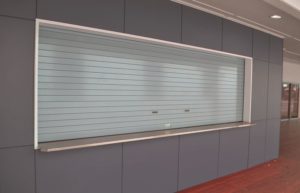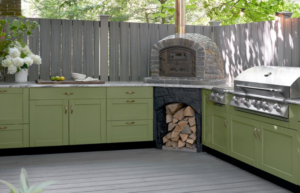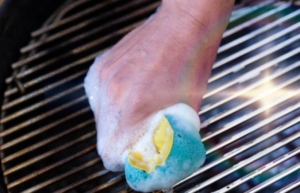Tips for Cleaning Timber Floors
For many home-owners, timber flooring is a must have in their property. A high-quality timber floor offers numerous advantages that a carpeted or tiled floor cannot offer. One advantage of timber flooring is that it is more durable and tougher than most other flooring options.
A timber floor can last more than 100 years before needing any refurbishment while a carpeted floor will last only 10-15 years before it needs to be completely replaced. Timber floors are also naturally warm and are aesthetically pleasing compared to floor tiles and carpets. They are also less likely to harbour germs than carpets, which has obvious health hazards.
Timber floors are also environmentally friendly because less energy is used to make them. Cleaning timber floors is a relatively easy process, especially compared to cleaning carpets. If done effectively and regularly, cleaning timber floors can help maintain the glow of the hardwood and greatly improve and lengthen its life-cycle. The beauty of cleaning timber floors is that you can do it yourself. It is very inexpensive and simple to do.
The best way to maintain the spark of your hardwood floors is to keep a regular cleaning schedule. Divide your care routine into daily, weekly, monthly and yearly maintenance. The reason for this is after a period of use; your floor may need a different, more intensive level of cleaning in order to keep the grime and dirt completely at bay. What follows are guidelines on how best to clean timber floors.
First, we shall discuss how the daily cleaning of your home should be carried out. Obviously, this is the least intensive level of cleaning your house, in both cost and energy. It mainly involves sweeping and dusting your floors. This serves as a defence against spills that may cause stains, scratches and any other minor damage to your floors.
Daily cleaning can be done using a cloth or a broom. However, using a microfiber mop or cloth would be ideal for daily cleaning. A tip for cleaning using a microfibre mop is to avoid regularly lifting the mop from the floor while you clean. This will prevent the dirt from escaping the mop.
After every 2 to 4 weeks (depending on how busy your property is), it is advisable to take the level of cleaning up a notch. Weekly cleaning is meant to deal with dirt and grime hidden in hard to reach areas that the cloths, microfibre mops and brooms cannot reach. One option is to book a weekly professional clean and ask them to focus on your floors. In weekly cleaning, it is advisable to use vacuums. However, when using a vacuum, you should take extra caution as the wheels of the vacuum cleaner can damage the floor.
Furthermore, if your vacuum cleaner has a beater bar, be careful that it doesn’t hit the floor. If you do not own a vacuum cleaner, a wet mop can also get the job done, although not with the same degree of efficiency. When cleaning with a wet mop, do not to put excessive water on the floor, as this may also damage the floor in the long-run.
After every 2-3 months, it’s highly recommended to polish of your timber floors. Polishing adds extra shine, makes the floor more beautiful and adds to its longevity. It refreshes the floor and gives it a much-needed renewal. Polishing achieves this by filling in small, microscopic scratches and evening out the floor. Despite its importance, polishing is easy and requires little energy.
Lastly, giving your floor a deep clean every 3-5 years helps it maintain its beautiful look. Deep cleaning involves sanding and refinishing your entire floor. What sanding and refinishing does is that it completely replaces the old finish of the floor and gives it a newer, shinier one. Whether its large scratches or gouges, deep cleaning will help you restore your hardwood floor to its former prestigious glory.
It is important to note that although most of the cleaning processes described above are largely DIY, it may be good to consult a cleaning expert, especially when doing the deep cleaning. Another tip is that you might consider using mats, carpets and rugs in some areas of your home to minimise the amount of dirt that gets onto the floor. Also, although timelines have been given on cleaning the floors, It is important to note that ‘high traffic’ areas may need to be cleaned more regularly and intensively than ‘low traffic’ areas.





